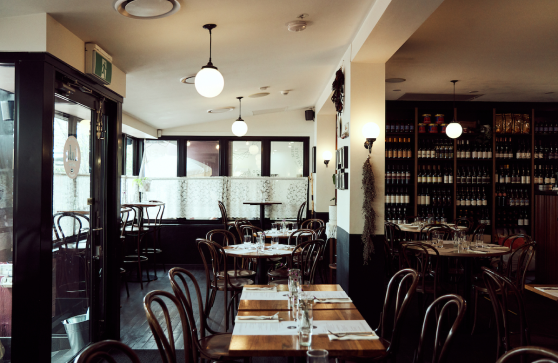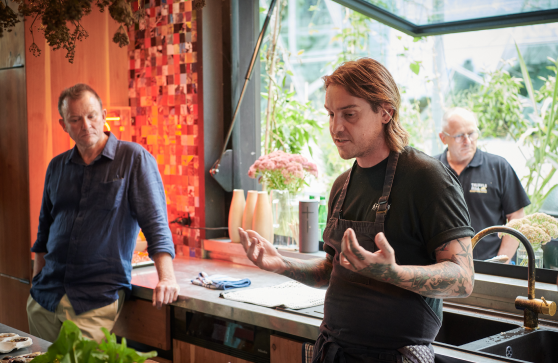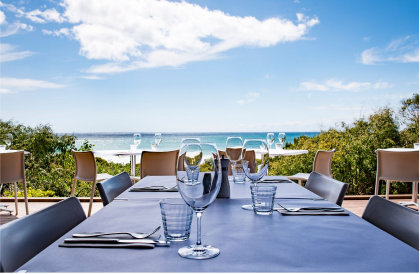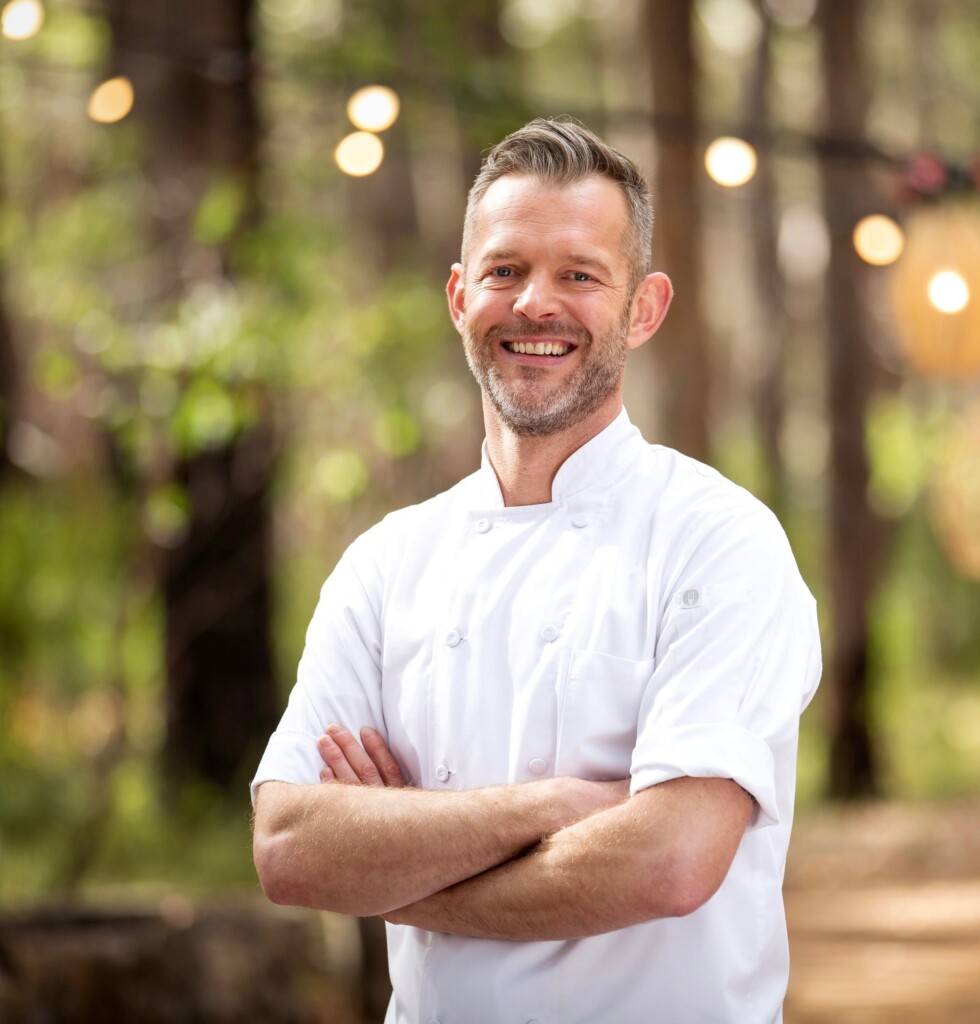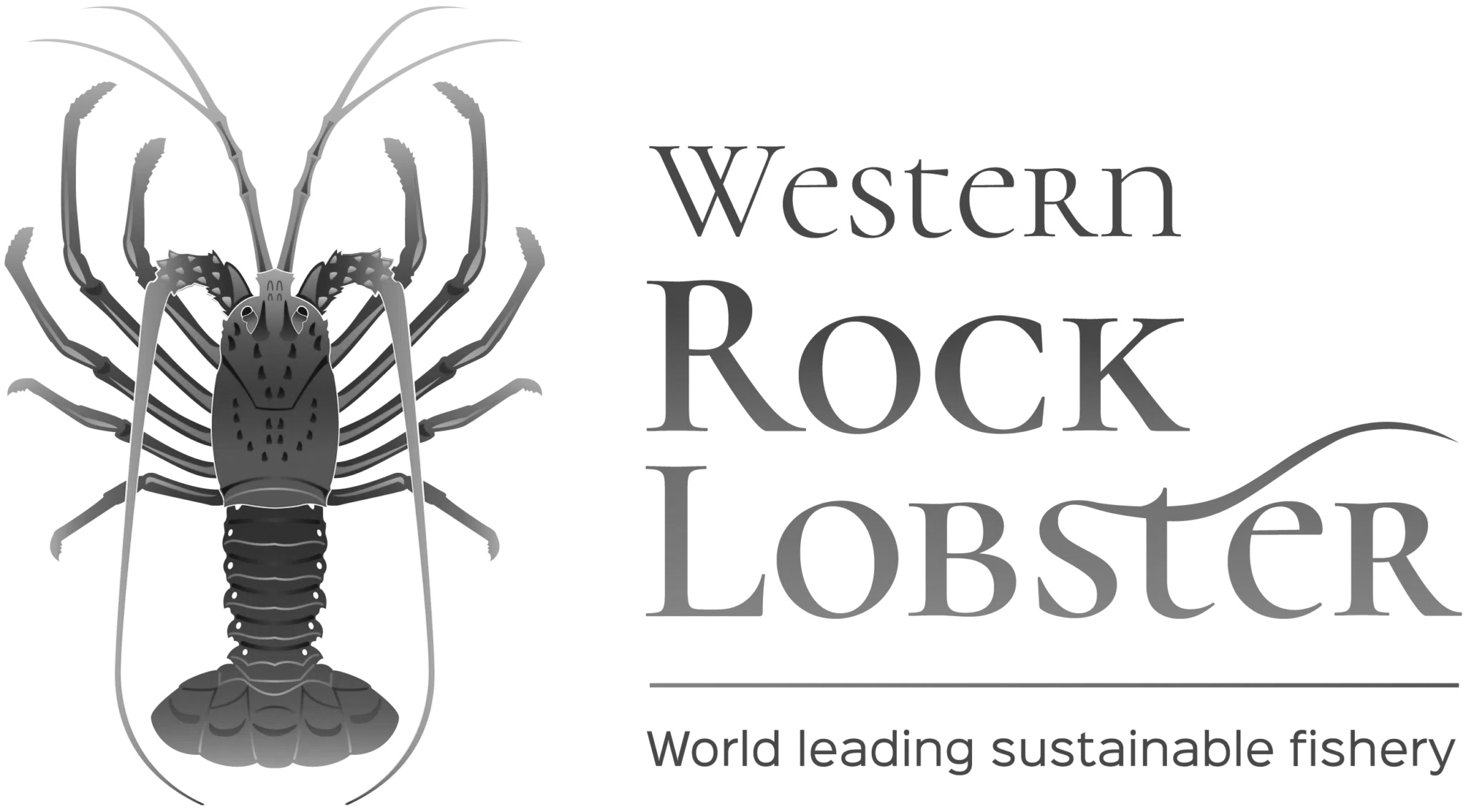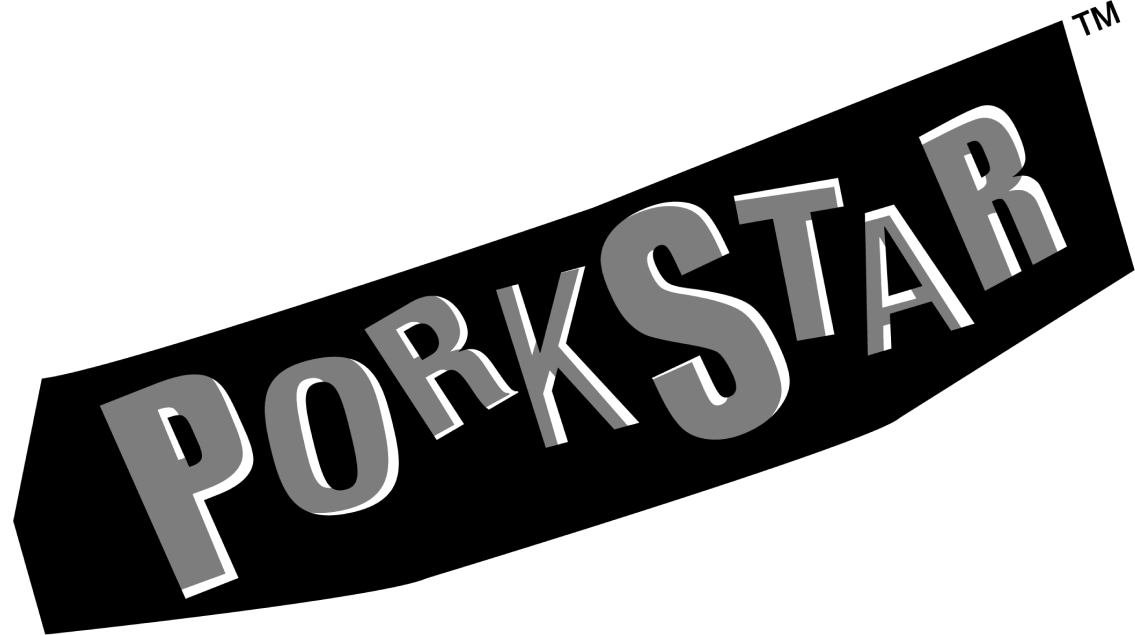Packed with flavour and pairing modern sensibilities with tried-and-true Greek flavours, Yiamas has landed in Subiaco to a rush of excitement. We sat down with the operators to learn a little more.
Yiamas, the latest venue from the team behind Swanbourne wine bar Vinotto, is bringing a taste of Greece to Subiaco, with levelled up mezedes, chargrilled fish and meats and rustic salads and sides made for passing around.
Flipping the space that was George’s Meze, Yiamas comes with serious taverna vibes, realised with the help of white stone walls, bentwood furniture, marble accents and an atmosphere of sharing and celebration. The food, from chef Justin Scarvaci, pays homage to classic Greek dishes and flavours, but isn’t afraid to turn them on their head, while sommelier Caitlin Johnston’s wine list has been geared to match, with Australian drops complementing bottles from Greece, Georgia, Lebanon and Morocco and the odd nip of ouzo.
All up, it’s already one of the year’s most exciting openings. We caught up with the team to get the brief on the menu, must-order dishes and drinks, and how to get the most of it.
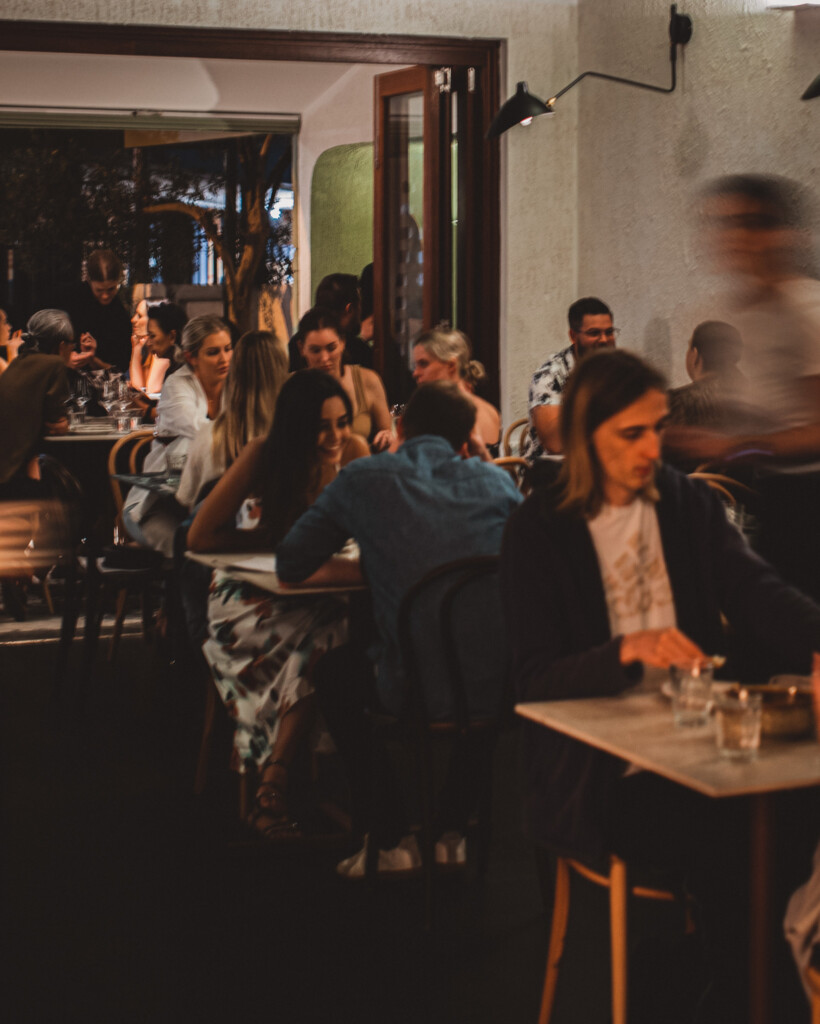
Your previous venue, Vinotto, leans into the Mediterranean, but Yiamas is more specific, what’s the angle here, and how should we think of it?
Justin Scarvaci: Essentially, we’re a Greek taverna. You come here for a drink, some food and a good time. And then we try and hit higher than that.
Caitlin Johnston: We open at 4pm, earlier than a lot of other venues. We want to catch that pre-dinner crowd; you might be going down the road but you come to us for a cocktail first. We like the idea of having spots at the bar and seats outside, so you can have a quick glass of wine and a plate of dolmades and then be on your way. But you can also come in and fully dine.
The space was previously Greek so it was a happy coincidence. The previous owner was retiring, she had it for 25 years and was happy to hand it over to continue in the same realm.
So Greek is the pitch, how did you think about the way you presented your take?
CJ: We’ve gone ancient Greek. It’s about focusing on a flavour profile and drawing inspiration from that. We didn’t want to be a cliché, recreating your Santorini holidays sort of thing. We spent the last six months reading and researching trade routes, and learning why Levantine cuisine often includes a dish that’s attached to the history of a few different countries. For example, we started looking at the Venetian republic, so definitely Cyprus. That trade route starts to hit more of an Arabic flavour profile in terms of spice and technique. We’re not trying to recreate exact traditional dishes, but apply some modern technique.
The space is very fresh and modern, rather than leaning into those ancient Greek tropes. So if the menu is the same, that means reinterpreting classics more than recreating them exactly?
CJ: We’re really aware of our own context. We’re not Greek. We want to be respectful and shine a light on the cuisine. We might have people saying ‘why don’t you have moussaka?’, but we’re never going to match your grandmother’s recipe so we’re not going to touch that.
And this is not supposed to be home cooking, we’re a restaurant that has high level of execution and technique and standard. There are certain ingredients that aren’t going to translate and taste the same, so we need to be mindful of that. It’s not Greek rosemary, it’s Perth rosemary, for example.
JS: There are things that people are familiar with like dolmades and baklava, but it’s our interpretation. We’re not going crazy and doing anything experimental. It’s been received well so far, and I’m hoping it stays that way.
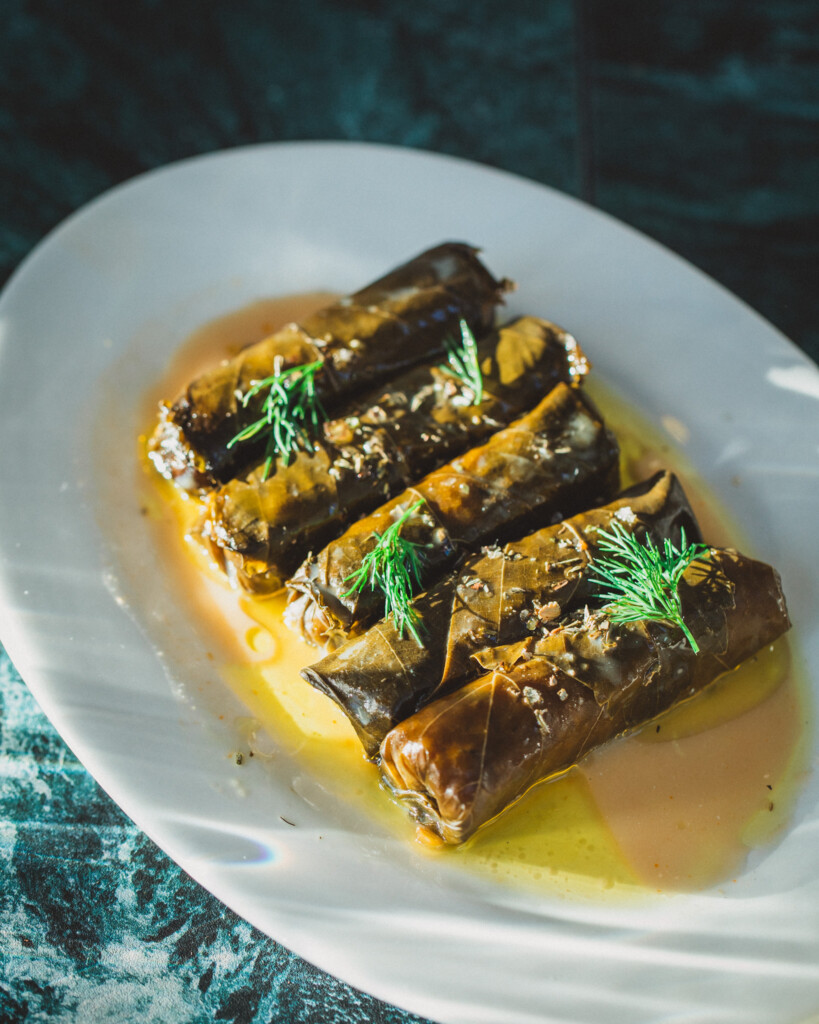
Say it’s my first time at Yiamas. I’m looking at the grilled half chicken off the charcoal grill, a side of tzatziki, and maybe some fried haloumi wrapped in eggplant or some salt cod fritters to start. But what else should I order to get a good sense of it?
JS: The menu is designed to start with the meze. There’s something there for everyone, a good number of vegetarian dishes and a few gluten free. We don’t want to modify a dish or lose its integrity to suit a dietary requirement, which I’m very careful about. The sour cherry dolmades and the pastourmadopitakia are the two things I would order from that section.
CJ: The pastourmadopitakia is like a classic spanakopita, but instead of spinach there’s pastrami and a lot of fenugreek. It’s light and beautiful with an intense flavour, it’s so delicious and moreish. And the dolmades are with sour cherry, and bulgar instead of rice.
JS: The lamb meatballs are a standout as well, stuffed with back fat, nuts, garlic, parsley and raisins.
Like at Vinotto, Caitlin Johnston is running the show with the wine list. How would you describe the approach?
CJ: It’s been fun to write a list with an understanding that the food is the main driver, so it’s about making sure the wine makes sense when it’s in the glass. That means that generally I’ve followed that lead of what Justin’s done with the food.
Greek wine is quite underrepresented in WA, so it’s been about establishing relationships with people in Melbourne and Sydney and seeing what I can get brought over. That’ll be a slow-going thing. I think the list will be looking very strong in about six months. There were some things that I pulled off once we started tasting. The food is seasoned high, being Greek. There’s a lot of natural yoghurt, a lot of lemon, lots of oil, lots of char. So they’re big flavours to match, and wine-wise that’s really interesting.
There’s a few Italian wines in there because they make sense flavour-wise, but there won’t ever be French wine on the list outside of Champagne. There probably won’t be German wine or anything like that. We want really old or really modern winemaking practises. It’s going to end up more like a 50-50 split between New World and ancient world, rather than New World and Old World.
How does the Greek influence extend to the cocktail menu?
CJ: We’re trying to use a few interesting Greek spirits. There’s a beautiful savoury gin, it’s quite aromatic but not juniper driven. It’s almost a rosemary sort of herbal, so it fits the flavour profile. We’re doing a classic Negroni but the vermouth is from Athens. There’s some fun things on there, it’s meant to be fun.
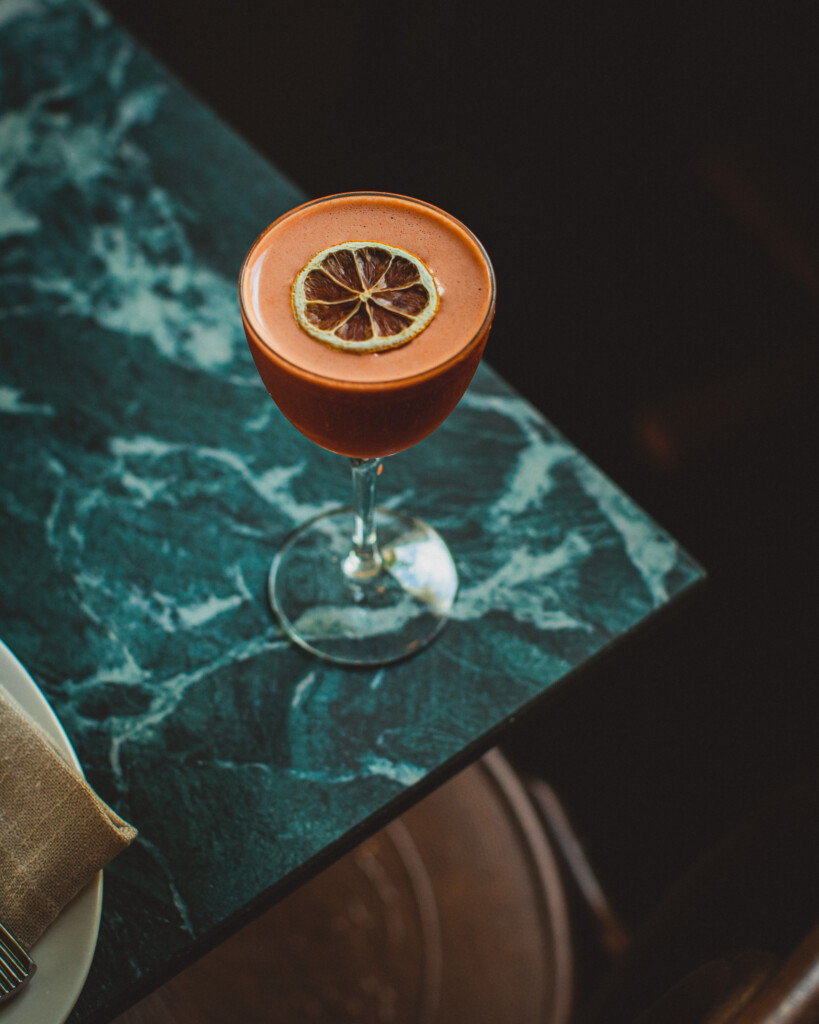
How has setting up Yiamas differed to Vinotto?
CJ: The food at Vinotto has to follow the wine’s lead, so the wine drives and the food has to slot in behind and makes sense of the format. For a restaurant like Yiamas, it’s the total opposite, so it’s been a lot more in depth. There’s been a lot of research, a lot of tasting and a lot of chats about whether things fit. It’s been a lot of fun.
Subiaco seems to be really kicking off. Who are your customers so far?
CJ: We’re getting a mixed demographic, which is great, especially early on. You don’t want to be seeing one kind of person because you can get pigeonholed. But we’re definitely getting a lot of locals – they’ve watched the construction site for the last six months.
But then there’s a lot happening in Subi, which is bringing a younger demographic and people from further out. Even if customers walk in and we’re full, it’s not your only option. There’s five other places to go for a drink. People are more willing to travel, which means they value the experience more. They’re engaging with what they’re eating and drinking in a way I don’t think they did 10 years ago.
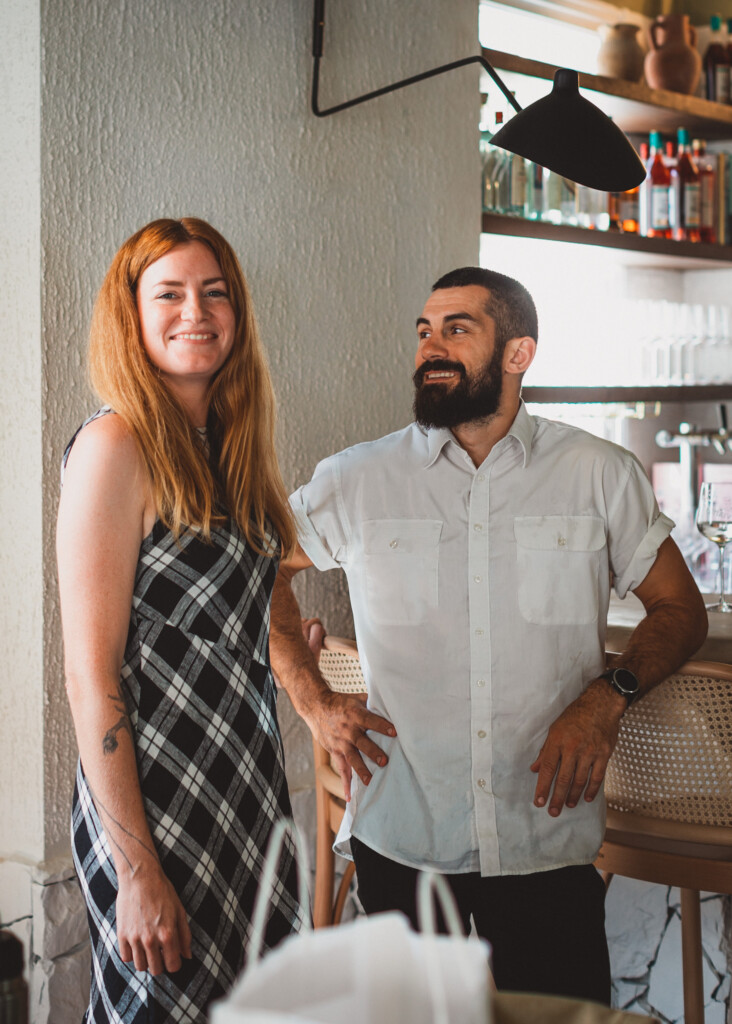
As of the end of March, the doors are open and you’re in full swing. Where to from here?
CJ: We’re just getting started. It’s really nice to have the doors open. When you’re planning and researching, you can’t get in the kitchen or physically have the wine in your hands. It can be difficult to keep improving beyond a point, but now, we can focus on the future.
Yiamas, 26 Denis Street, Subiaco, yiamasperth.com.au, @yiamas.perth
Author: Martin Eade
